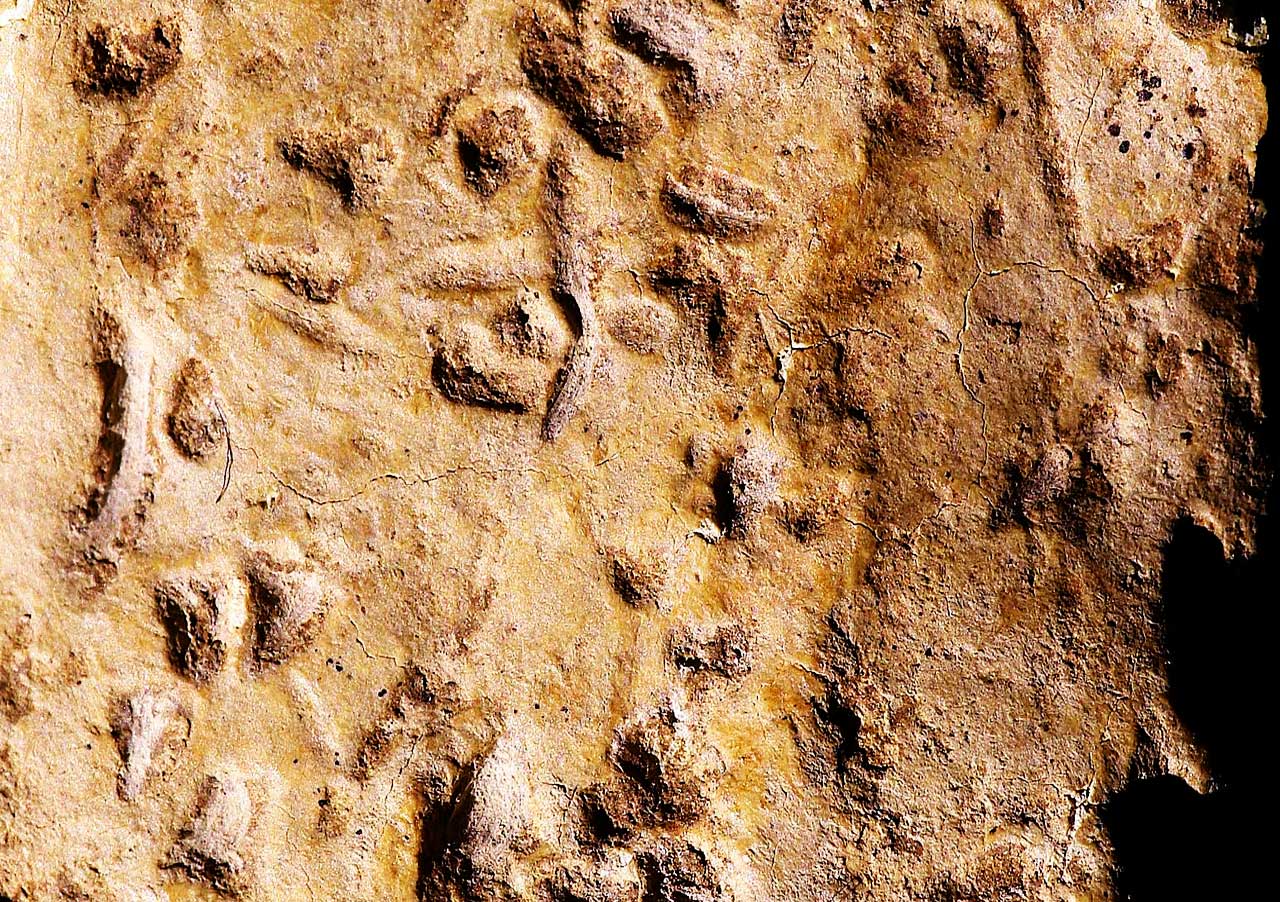It was found three-and-a-half years ago, in a pile of rubble left from an archaeological dig abandoned thirty years prior. It is a roughly square piece of metal about one inch on a side. And it is one of the most profound, and paradigm-busting, archaeological discoveries in history.
To understand why, we need to go back about 3,400 years, to 1400 B.C. It’s the time of the conquest, when the Israelites are conquering the Promised Land. They were released from bondage in Egypt forty years prior (one common date for the Exodus is 1446 B.C.), when God rained down plagues until Pharaoh let God’s chosen people go, and Moses led them out (see my blog post on Moses and the plagues here).
It’s forty years later. Moses has died and Joshua leads the Israelites. But, before he died, Moses told them that when they entered the Promised Land they were to build altars. They were to proclaim blessings from Mount Gerazim and curses from Mount Ebal. The Bible even gives specific names of those who were “to stand on Mount Ebal for the curse” (Deut 27:11).
Joshua did this. When he entered the Promised Land, Joshua built an altar on Mount Ebal. It’s recorded in Joshua 8:30-35:
At that time Joshua built an altar to the LORD, the God of Israel, on Mount Ebal, 31 just as Moses the servant of the LORD had commanded the people of Israel, as it is written in the Book of the Law of Moses, “an altar of uncut stones, upon which no man has wielded an iron tool.” And they offered on it burnt offerings to the LORD and sacrificed peace offerings. 32 And there, in the presence of the people of Israel, he wrote on the stones a copy of the law of Moses, which he had written. 33 And all Israel, sojourner as well as native born, with their elders and officers and their judges, stood on opposite sides of the ark before the Levitical priests who carried the ark of the covenant of the LORD, half of them in front of Mount Gerizim and half of them in front of Mount Ebal, just as Moses the servant of the LORD had commanded at the first, to bless the people of Israel. 34 And afterward he read all the words of the law, the blessing and the curse, according to all that is written in the Book of the Law. 35 There was not a word of all that Moses commanded that Joshua did not read before all the assembly of Israel, and the women, and the little ones, and the sojourners who lived among them.
Now fast forward to 1979. Archaeologist Adam Zertal begins a survey. His team digs for ten years, and finds an altar on Mount Ebal. Actually, they find two altars, a rectangular structure 9 by 7 meters and beneath it an earlier, round structure that measured two meters in diameter. In 1985 Zertal publishes a controversial article suggesting that he had found Joshua’s altar on Mount Ebal. Of course, that claim is vigorously disputed by scholars who dispute the Biblical narrative, and who do not believe Moses and Joshua were real people.
With that background, we forward to 2019. Associates for Biblical Research (ABR), a small but powerful group dedicated to the truth of the Bible, sends a team back to Mount Ebal, back to the site abandoned thirty years earlier. The team is led by Scott Stripling and Abigail Leavitt. They use a wet-sifting technique – washing excavated material – to see if there are small items that were inadvertently overlooked. In December 2019 a volunteer named Frankie Snyder is wet-sifting material and sees on her tray a small, flat piece of material about one-inch square. She picks it up and realizes it is heavy, much too heavy to be pottery or stone. She rinses the object more and sees that it has two layers and had been folded in half very precisely. She knows she is holding a lead tablet. And she wonders, is she holding in her hand a curse tablet from the ‘mountain of curses’?
That’s not an easy question. The tablet is too fragile to be opened, so it is sent to a laboratory in the Czech Republic for study by specialists with x-ray equipment. They produce multiple two-dimensional images which they build into a three-dimensional map, and then use computer software to digitally flatten the letters.
Last December Stripling and a team of scholars release findings. There are letters, in ancient writing, etched on the inside. It is a curse formula. They find the words arur (cursed), atah (you), and tamut (you shall die), and the divine names El and Yahu.
The curse tablet precisely confirms the Bible. The tablet contained in two places the letters ‘YHW’ – the divine name given by God to Moses on Mount Sinai, perhaps best translated as “I am Existence” (Exodus 3:14).
The curse tablet proves that the Israelites knew how to write in 1400 B.C. Many scholars have disputed this, they argued that even if Moses was a real person he couldn’t write and therefore did not write the first five books of the Bible. The curse tablet shatters this false paradigm. God’s chosen people knew how to write from the beginning, and Moses used notes from centuries earlier to write the book of Genesis.
My thanks to Scott Stripling for reviewing this post for accuracy. My congratulations to ABR for their great work and continuing dedication. You can learn more about the curse tablet in the Spring 2023 Edition of their magazine, Bible and Spade. It is a fantastic magazine and you can subscribe and learn more about ABR here.
Thanks for reading.
Doug Ell

















Leave a Reply